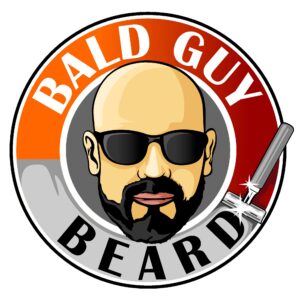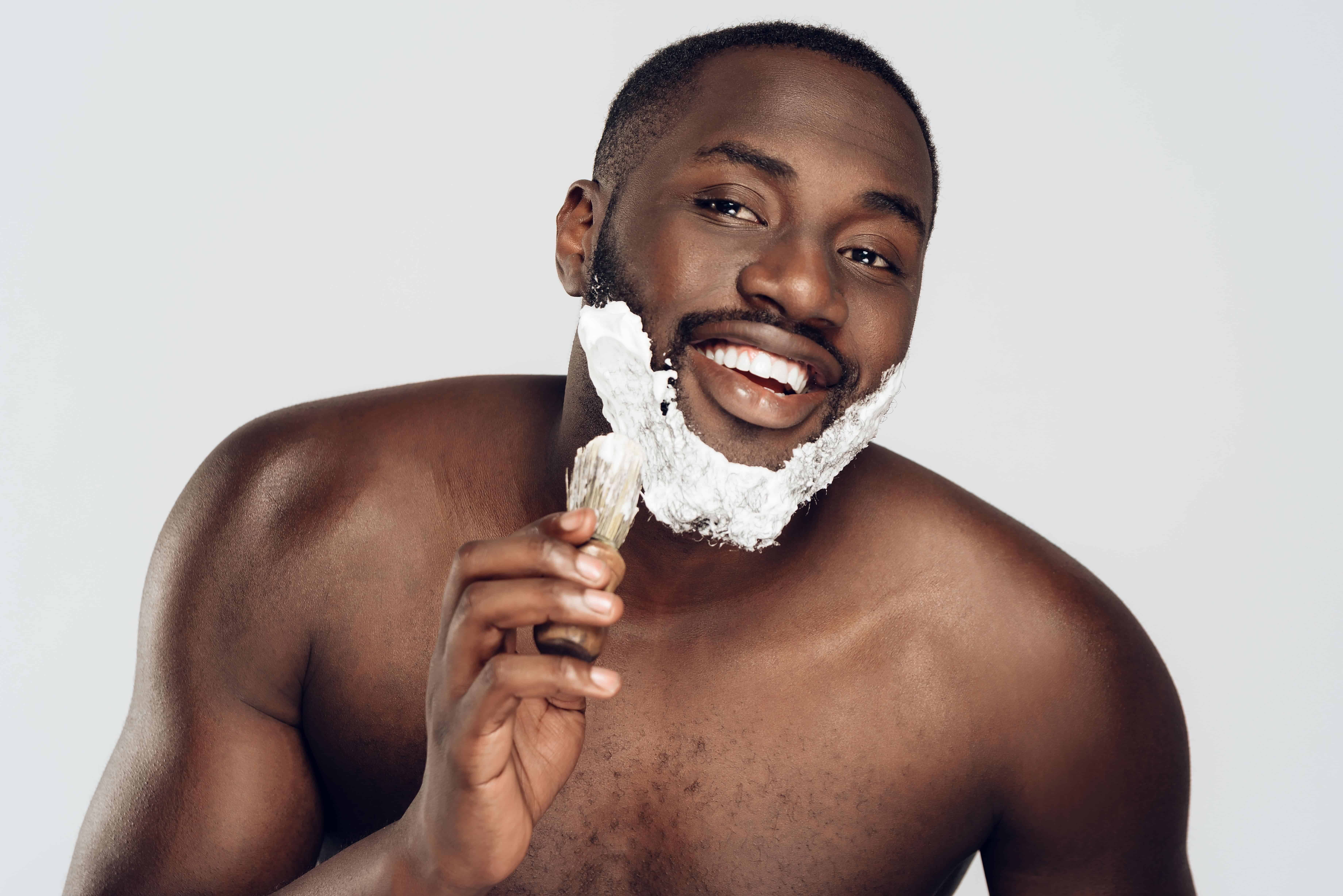Shaving doesn’t cause acne but if you have acne prone skin, your shaving habits can cause breakouts if you dry shave or don’t replace your razor frequently enough. Your choice of shaver and lack of post shaving routine can also contribute to acne and whiteheads.
I generally don’t get acne breakouts any more but I do sometimes get them on my head a day after shaving so I have some personal experience in this area.
Here are 5 tips to help deal with acne breakouts following shaving.
Spend more time and effort on your pre-shave routine
There are a number of things you can do differently that you are not currently doing.
- Wet your skin with warm water before applying shaving cream. Wash your face with a cleanser if you have particularly oily skin.
- Apply shaving cream and let it sit for a minute or three before shaving. Try different types of shaving cream as some are thicker and better than others and some suit different shavers better.
- Shave in the shower if you’re able to as the warm water and steam can soften whiskers prior to shaving. Shaving after a shower is good too for the same reasons.
- Use fresh razor blades and don’t keep them until they are blunt. You’ll feel when razors are getting dull and need replacement.
- Shave with the grain and not against it if you are acne prone.
Consider your razor choice and avoid multi-blade products
Multi-blade razors lift the whiskers up and cut them closer so that the remaining whisker falls back below the skin after it has been shaved. This gives you a closer shave but when the whiskers start to grow back, clogged skin from skin oil or moisturizers and creams you may use along with dead skin may cause the hair(s) to get stuck below the skin, leading to a whitehead.
Many electric shavers also use a lift-and-cut system which does the same thing: It gently lifts whiskers up and then cuts them closer and drops the remaining whisker back below the skin which can exacerbate acne breakouts.
Solution: A DE razor with one blade can help to eliminate this problem by cutting whiskers at skin level rather than below the surface.
If you want an electric shaver option consider a foil head shaver that simply cuts whiskers at the surface of the skin and doesn’t use a lift-and-cut system.
Don’t dry shave without use of water and shaving cream
Dry shaving refers to shaving your skin bare without first wetting it and without using a shaving cream. Wetting or washing your skin first helps to soften whiskers and wash away oils and other debris on your skin. Shaving cream helps to lubricate the skin and allows the blade to move easily on your skin. This helps you avoid nicking or cutting yourself as the blade can otherwise catch on your skin and irritate it when it’s dry.
Solution: Always wet your skin and use shaving cream. Try different kinds of shaving cream products and brands. Consider a shaving soap or shaving cream from a tube as they tend to lather up better and aren’t foamy and airy like canned products that use aerosol to fluff the cream up.
Also, don’t over shave by running your blade across the same area of skin multiple times unless you put more shaving cream on the area in question first.
Learn how to lightly exfoliate your skin after shaving
Exfoliating the skin refers to gently removing a layer of dead skin by using a wash product or perhaps a loofah with some friction. Shaving with a razor blade also removes dead skin which is good for the health of your skin. But once oils appear on your skin and more dead skin develops, it can clog your pores leading to whiteheads.
Solution: Exfoliate your skin after shaving and again before you go to bed at night to clean off dead skin and oil. This is especially true if you have oily skin or are otherwise acne-prone. Experiment with different face washes and also consider the use of an alcohol-free toner or antibacterial gel after shaving to kill bacteria on your skin. Washing your face twice per day at most is ideal.
You might also consider the use of an astringent or product with alcohol such as aftershave as the alcohol content can help to kill acne-causing bacteria following shaving, especially if you cut yourself.
Change your other shaving habits including the time of day you shave
Most guys just naturally shave in the morning either out of habit or because it’s just when you do it, right? In the morning when you’ve been lying down in bed for hours, fluids have accumulated in your face and may cause the puffiness some people see when they wake up. This can lead to a poor shaving experience and increased chance of cuts.
But if you have the option to change shaving times, there may be a benefit to doing so.
Solution: If you have to shave for work or are simply used to shaving in the morning, try an experiment: On weekends or on days when you don’t have to shave first thing in the morning wait an hour or so after waking up to shave. See if it makes a difference to your shaving routine if you give your body a chance to flush out fluids before shaving.
Alternatively, try shaving at night before you go to bed for the same reason.
If you don’t absolutely have to shave daily, you might consider skipping a day too to reduce the number of times you shave.


